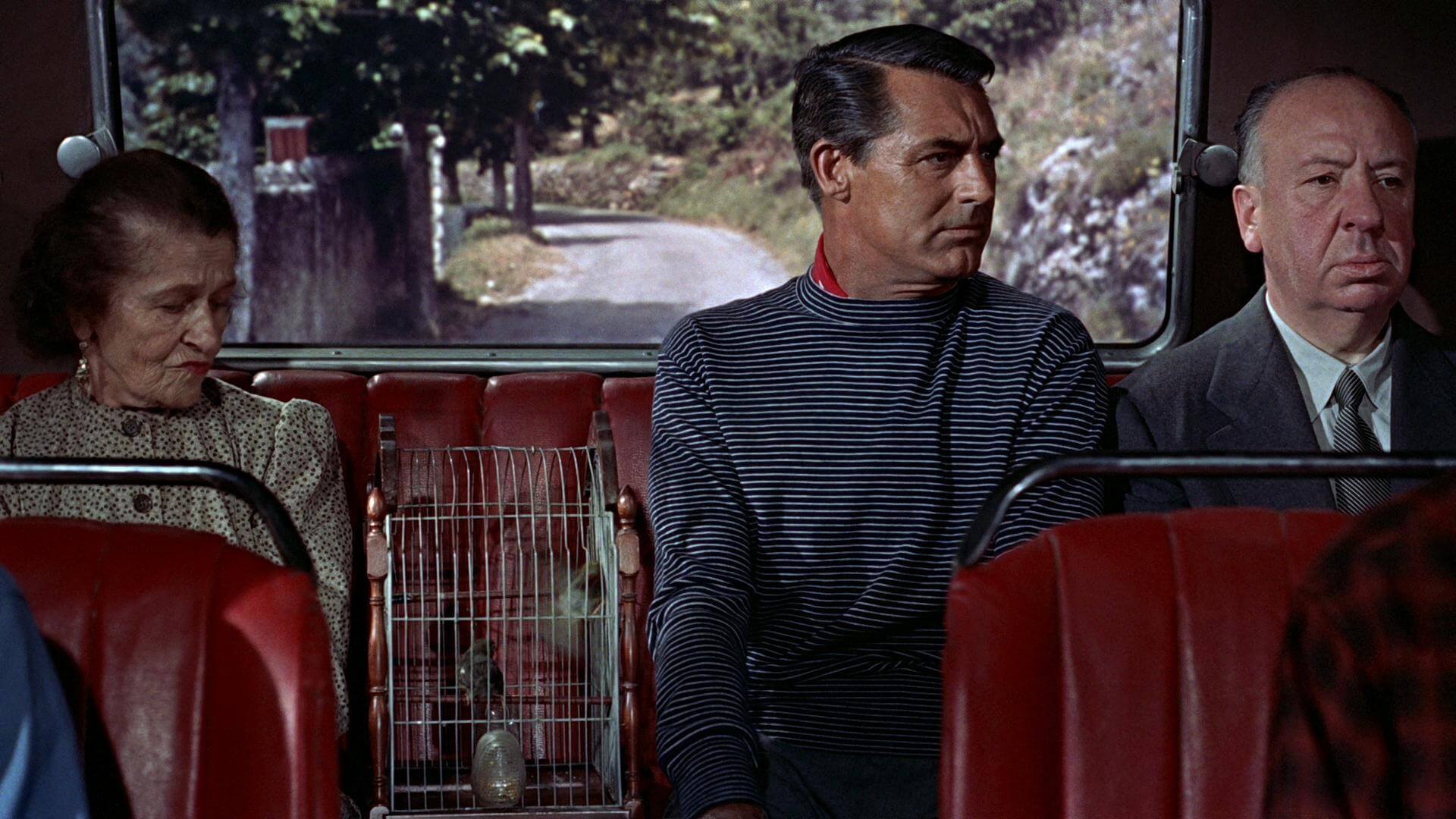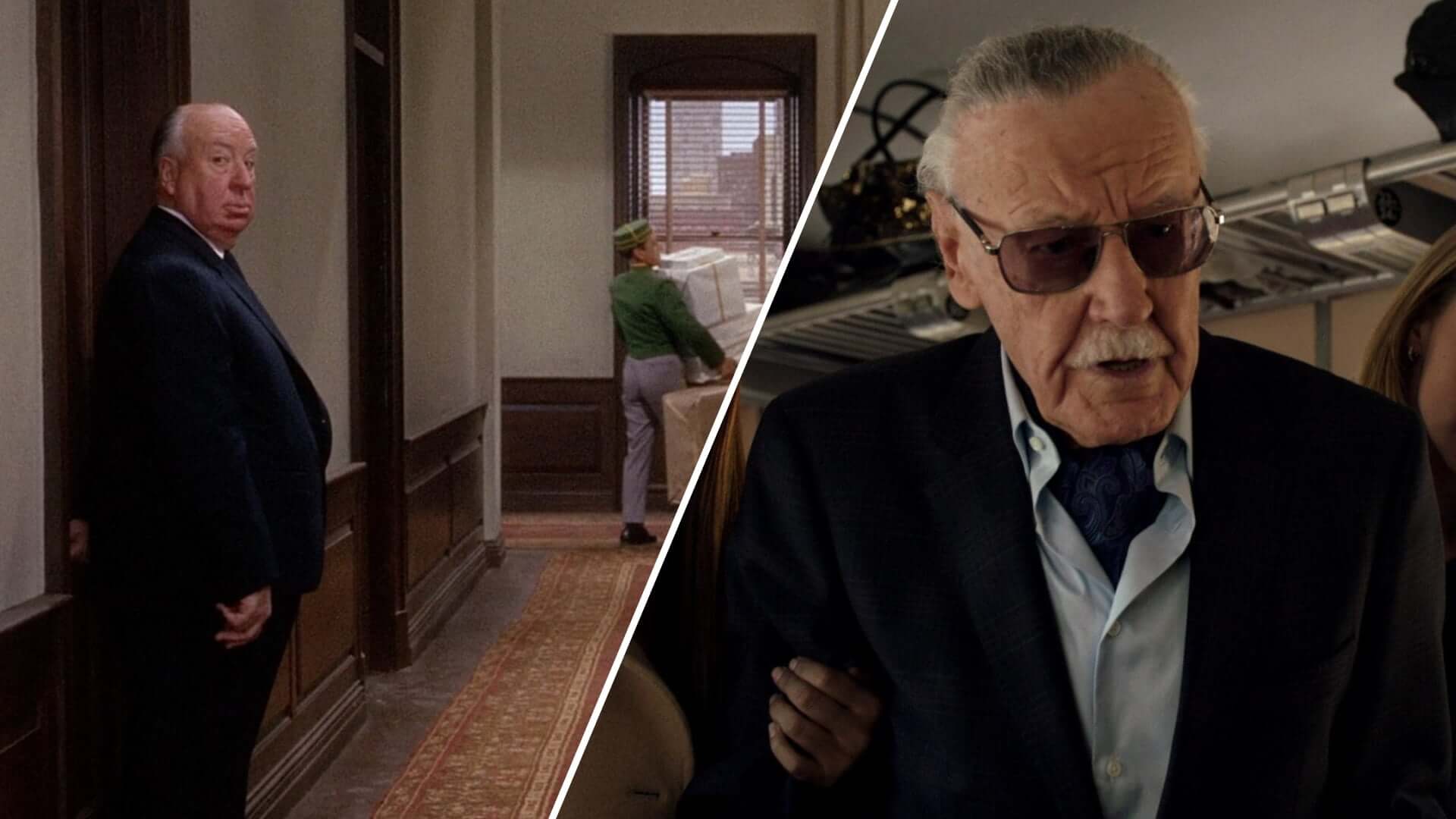Have you ever found yourself watching a movie, when suddenly, a familiar face pops up in an unexpected scene, leaving as quickly as they appeared? Cameos are brief appearances that add a surprising twist to the narrative. Let’s dive into the fascinating world of cameos and explore how these fleeting moments can make a significant impact on storytelling.
What is a Cameo in Movies and TV?
First, let’s define cameo
Cameos can be a memorable part of any film. When done right, it is a pleasant surprise that somehow adds to the story and/or experience. When done badly, they can feel forced and potentially take you out of the experience.
But what is a cameo exactly? Let’s look at the cameo definition to understand the term more fully.
CAMEO DEFINITION
What is a cameo in movies and TV?
A cameo, in the context of film and television, is a brief appearance or role performed by a well-known actor or celebrity. This appearance can often be uncredited and is usually unexpected, adding an element of surprise to the narrative. The role is often minor, but its significance lies in the recognition factor and the impact it has on the audience. Cameos can be performed by actors playing themselves or in character, and they are typically used to enhance viewer experience or add a certain flavor to the storyline.
The term "cameo" originally refers to a method of carving, where an object such as a gem or stone is engraved to reveal a design in relief, and the word itself is derived from the Middle French word 'camahieu' and the Italian 'gemma cammea.' The concept of a cameo in performance arts borrows from this idea, with the cameo role providing a 'relief' or a distinct element within the larger narrative. The use of the term in the film and television industry began around the mid-20th century and has since become a popular trope in storytelling.
Cameo Examples:
- Director Alfred Hitchcock famously made cameos in many of his films
- Comic book legend Stan Lee also popped up in many Marvel movies
- Bill Murray plays himself in an iconic but brief cameo in Zombieland.
What is a Cameo Used For?
The purpose of cameos
Cameos serve a distinct purpose in the realm of storytelling, especially within film and television. They act as unique devices that can add an unexpected twist, create a moment of surprise, or provide a dash of humor.
The sudden appearance of a familiar face, even for a fleeting moment, can create a powerful impact that resonates with the audience.
In terms of narrative, cameos often serve as a sort of 'Easter egg' for the viewers — a hidden treat that rewards attentive watching. They can also be used to create intertextual links between different movies or shows, especially in franchises or shared universes, thus enriching the overall narrative fabric.
This was the case in Johnny Depp’s cameo in 21 Jump Street. The revamp of the film included the original leads, making for a fun Easter Egg for fans of the original 21 Jump Street television show.
21 Jump Street-Johnny Depp Cameo examples
Beyond the narrative, cameos play a significant role in enhancing the viewer experience. The recognition factor and the surprise element of a cameo in movies can generate buzz and excitement, making the viewing experience more interactive and engaging.
They can spark conversations and debates among fans, fuel speculation about plot, and generate media attention.

What is a Cameo Appearance • Alfred Hitchcock cameo in To Catch A Thief
This has been a huge tool within the Marvel Cinematic Universe.
Top 10 Cameos examples in the Marvel Cinematic Universe
Moreover, cameos in movies can add a layer of authenticity to a story, especially when the cameo roles are played by individuals related to the story's context. For instance, a renowned chef making an appearance in a movie about cooking can heighten the sense of realism and credibility.
In essence, while they may be brief and seemingly insignificant, cameos are a potent tool in the arsenal of filmmakers and showrunners, capable of significantly enhancing storytelling and viewer experience.
Related Posts
How to Define Cameo
Characteristics of a Cameo
Cameos in movies and television are an intriguing aspect of storytelling, carrying a unique set of characteristics that set them apart.
Here are the key features:
Brief appearance: Cameos are typically very short, often lasting just a few minutes or even seconds. Despite their short duration, they manage to leave a lasting impression due to their impact.
Familiar face: Cameos are usually performed by well-known personalities, such as actors, musicians, athletes, or other celebrities. The presence of these familiar faces adds an extra layer of excitement to the narrative.
Always Be My Maybe Dinner Scene ft. Keanu Reeves
Element of surprise: The cameo is often unexpected, adding a surprising twist to the narrative. This element of surprise enhances the viewing experience, creating a delightful shock for the audience.
Minimal involvement: Despite the excitement they generate, they have minimal involvement in the main storyline. They serve more as an enhancement or a nod to the audience rather than a plot-altering element.
Recognition factor: The impact of a cameo largely depends on the audience recognizing the person making the appearance. This recognition factor plays a crucial role in its effectiveness.
Can be uncredited: Often, cameos are uncredited to maintain the element of surprise. This allows the audience to stumble upon the surprise organically, amplifying the delight.
Variety of roles: The roles taken on by the individuals making the cameo can vary greatly. They can appear in character, depending on the context of the story, or as in this scene from The Hangover, they can appear as themselves. This versatility makes the appearance a dynamic storytelling tool.
Cameo Examples • Mike Tyson in The Hangover
Enhances viewer experience: A successful cameo can generate buzz, add humor, or increase interest in the film or television show. It's a small touch that can make a big splash in the viewing experience.
These appearances, though brief and often unexpected, leave a lasting impression, enhancing the viewer experience significantly. With their ability to generate buzz, spark conversations, and add surprising twists, they prove that even the smallest roles can have a big impact in storytelling.
Up Next
What is a Bit Part in Film?
Having explored the fascinating world of cameos, let's now delve into another intriguing aspect of storytelling — the role of 'bit parts' in film and television.
Up Next: Bit Parts in Film →
Share your vision with elegant shot lists and storyboards.
Create robust and customizable shot lists. Upload images to make storyboards and slideshows.
